8








8 Broadcaster Press
How to Determine
if Items can be
Composted
August 2, 2016 www.broadcasteronline.com
How to Get and Keep Your
Finances in Order
In 2015, analysts with the Government Accountability Office found that the average American between the ages of 55 and 64
had accrued roughly $104,000 in retirement savings, a shockingly low figure that would make it very difficult for men and women
nearing retirement to maintain their quality of life into their golden years. Things don’t look much better north of the border,
where the 2015 Global Investor Pulse Survey from the asset management firm BlackRock found that the average Canadian in the
same age group had amassed an average of just $125,000.
While many people fear retiring with small nest eggs, that fear has apparently not been enough to inspire men and women
to commit to saving more money for their golden years. But retirement saving is essential, especially since life expectancies
are rising. According to the United Nations Department of Economic and Social Affairs, global life expectancies at birth are expected to rise to 76 years by the mid-21st century. That’s a far cry from the mid-20th century, when global life expectancy from
birth was roughly 48 years.
Longer life expectancies mean men and women will have to find ways to make their money last throughout their retirement.
The earlier adults figure out how to keep their finances in order, the more money they will have when the time comes to retire.
The following are a handful of strategies men and women can employ to rein in their finances in the hopes of saving more for
retirement.
• Review your finances at least once per month. Hectic schedules or fear of the financial unknown make it easy for adults
to ignore their finances for long stretches of time. But adults should review their financial situation at least once per month,
examining how they are spending their money and if there are any ways to cut costs and redirect dollars going out into their
retirement accounts. Redirecting as little as $100 per month into a retirement account can add up to a substantial amount of
money over time.
• Pay monthly bills immediately. Many adults receive monthly bills for utilities, rent/mortgage, phone, and television/Internet. If you have the money in your account, pay these bills the moment you receive them. Doing so is a great way to avoid
overspending on other items, such as dining out or shopping trips, and then finding yourself scrambling to pay bills come their
due dates. Once all the monthly bills have been paid and you have deposited money into your savings/retirement accounts,
then you can spend any leftover money on nights out on the town or new clothes if you feel the need.
• Buy only what you can afford. It sounds simple, but many adults would have far more in their retirement accounts if they
simply avoided buying items they cannot afford. According to a 2015 Harris Poll conducted on behalf of NerdWallet, the average
credit card debt per indebted American household in 2015 was $15,762.07. Adults who want to get their finances in order and
start saving more for retirement should put the plastic away and only make purchases with cash or debit cards that take money
directly out of their bank accounts once the card is swiped.
• Downsize. Downsizing is another way to free up more money for retirement savings. Empty nesters can save money by
downsizing to a smaller home or even an apartment. Drivers who no longer need room for the whole family can downsize from
SUVs or minivans to smaller, more fuel-efficient vehicles. Adults also may be able to downsize their entertainment, switching
from costly cable packages to basic plans or cutting the cord entirely and subscribing to more affordable streaming services.
Getting a grip on spending can help adults save more for retirement and ensure their golden years are not compromised by
lack of funds.
How to Make Relocation
Go Smoothly
Compost is an eco-friendly way to grow a healthy and
flourishing garden bed or landscape. Full of nutrients and rich
organic materials, compost is often called “black gold” by
gardeners for the many benefits it provides. One of the main
advantages to compost, apart from the way it boosts plant
growth and health, is that it is relatively low cost to produce.
Compost is created by food scraps and other materials
that are left to break down naturally. Backyard composting
speeds up the natural process of decomposition. In optimal
conditions, organic matter can decompose more quickly. According to the University of Illinois Extension, microorganisms
like bacteria, fungi and actinomycetes account for most of the
decomposition that takes place in a compost pile. However,
insects also can do their part to create compost. Such insects
are referred to as physical composters because they break
down materials by chewing, grinding and digesting them into
smaller pieces. Bacteria create an oxidation process that heats
up the compost pile and aids in its decomposition.
Homeowners can create their own compost piles with just
a few items. Some of the staples of composting include foods
that normally would be discarded. Vegetable peels, fruit rinds,
eggshells, coffee grounds, and the like can be put into a compost pile. Meats and poultry should not be placed in a compost
pile because of the threat of harmful pathogens and bacteria.
Other items that are not food-related also can be added to
compost piles. It may be challenging to determine which ones
are applicable. These products are usually considered safe:
• paper plates with no coating
• products made from bagasse, a fibrous matter that remains after sugarcane or sorghum stalks are crushed
• cardboard boxes
• paper towels
• wax paper
• wax-covered paper cups
• products certified as compostable by BPI
• certified bio-plastics
Anything that is coated in plastic that is not a bio-plastic
must go into the trash or be reused in another way.
Composting is a cost-effective, viable way to reduce trash
and produce a beneficial product for gardening and landscaping.
Let The
Broadcaster
and Plain Talk
Make Cash
For You!
People relocate for various reasons. Many relocate
for professional opportunities, while others relocate to
pursue their educations. And
while some may relocate to
enjoy a lower cost of living,
others may find themselves
relocating to satisfy their
sense of adventure.
Regardless of why a
person is relocating, doing
so without preparing for
the move can make the
transition that much more
difficult. According to data
from the U.S. Census Bureau,
roughly 19 percent of the
35.9 million people one
year and over who moved
between 2012 and 2013 did
so for a job-related reason.
Relocating to a new city for a
job is different than moving
from one home to another
within the same community.
Relocating to a new city can
be a life-changing event that
requires planning and maybe
even a little luck to make it
work.
• Examine your finances.
Moving is expensive, and it
can be even more expensive
when moving to an entirely
new city. If you are moving
to pursue career opportunities but don’t yet have a
job offer in hand, examine
your finances and work
out a worst-case scenario
in the event that your job
hunt takes longer than you
hoped for. Unless you have
a benefactor who can help
you pay your bills and avoid
debt while you look for a
job, make sure you have several months’ worth of living
expenses saved up before
moving.
• Research the job market. Certain cities have more
opportunities for people in
certain fields than others,
so make sure the city you
plan to relocate to is a place
where you will have ample
opportunities in your chosen
line of work. Otherwise you
might find yourself settling
for a career you don’t like or
relocating again to a job market more accommodating to
someone in your field.
• Research the real estate
market. Before hitting the
road and heading for your
new home, research the
real estate market in that
area. Try to find out the
average rental price via
online forums or even online
newspaper classified sections. Find out if people tend
to live with roommates or
go it alone in the city you’re
relocating to. If you are moving to a city where you know
very few people or no one
at all, consider becoming
someone’s roommate. The
right roommate can provide
an instant social network
and help you learn the ropes
of your adopted home. If you
plan to live alone and rent,
recognize that many land-
lords will require a guarantor
before renting to tenants
with no income.
• Don’t be shy. Unless you
are moving to a place where
you already have a built-in
social network, you should
expect to encounter some
loneliness upon arriving in
your new location. Resolve
to make the most of all your
new home has to offer by
joining a social organization,
connecting with your univer-
Ice Cream Truck History
On a sweltering day, few things bring relief as immediately
as a favorite frozen treat. The United States leads the world
in ice cream consumption, with an average of 26 liters per
person consumed per year.
Ice cream has been around for quite some time, and it is
believed ancient Greeks ate a crude form of the dessert as
early as the 5th century B.C. While ice cream parlors, dessert
shops and supermarket freezers are popular places to sample favorite flavors, ice cream also can be purchased from ice
cream trucks.
The tinkling of the ice cream truck music box and the
sight of that dessert haven on wheels is enough to send any
child (and many adults) into sensory overload. Some of the
early precursors to the modern day ice cream truck were ice
TODD’S
ELECTRIC SERVICE
and ice cream sandwich carts that gained popularity in the
late nineteenth and early twentieth centuries.
Confectioner and visionary Harry Burt was instrumental in
developing the ice cream truck. Burt invented ice cream novelties that could be enjoyed on a stick, including the Good Humor bar. Burt wanted an easy way to deliver the treat into the
hands of hungry kids, so he commissioned refrigerator trucks
and hired drivers who looked pristine and safe to deliver the
treats to neighborhood children. To entice the youngsters
outside, the drivers rang a bell so kids would investigate the
noise. Eventually the bell and standard routes helped families
know when to expect the ice cream man.
Early ice cream trucks may have sold prepackaged treats,
but they eventually broadened their offerings. Some turned
into mobile ice cream shops, offering soft-serve or hard ice
cream in everything from sundaes to cones to shakes.
Many ice cream truck businesses are independentlyowned seasonal businesses. The trucks are seen when the
first warm days arrive, and many can still be seen patrolling
neighborhood streets into late fall.
“The Line To Power”
• AUTOMOTIVE COLLISION REPAIR
• PAINT • FRAMEWORK
• GLASS REPLACEMENT
Design/Build • Fiber Cabling • Commercial • Residential
Service Calls • Boom Truck with Auger • Trenching
Let The Broadcaster & Plainparty
Broadcaster and Plain Talk private Talk
Make Cash now FREE
classified line ads areFor You! for 30
Broadcasterless. If you Talk private than
words or & Plain need more party
classified line ads worry you still for 30
30 words, don’t are now FREE won’t
words or less. If you ad is only $.90 and
pay alot. A 31-word need more than 30
words, don’t worry you still won’t pay a lot.
the cost only goes up $.50 per word
A 31-word ad is only 90¢ and the cost only
thereafter. 50¢ per word thereafter.
goes up
Serving the
Beresford and
Vermillion Areas
1-800-560-2518
1221 Cornell St., Vermillion, SD • 605-624-5642
201 NW 13th St., Ste. 3, Beresford, SD • 800-560-2518
Personal Injury Attorney
Injured?
Place your
Place your ad by calling the
by calling the
Broadcaster/Plain Talk office at
Broadcaster/Plain Talk office
605.624.4429 or by stopping in at
at 605-624-4429 or by stopping
201 W. Cherry Street today!
in at 201 W. Cherry Street today!
sity’s alumni group or volunteering with local charities. If
you have a job lined up, sign
up for company-sponsored
outings or teams.
Relocating to a new city
can produce mixed feelings
of anxiety and excitement.
Planning ahead and doing
some homework can help
you as you transition to your
new home.
• Auto Accidents
• Work Injuries
• Defective products
or conditions
• Uninsured motorists
Delay can be a serious
and expensive mistake!
HOURS:
M-F
9AM-6PM
SAT
9AM-12PM
1205 CARR STREET • VERMILLION • 605.670.0471
BlainesBodyShop@gmail.com
Hartington Tree LLC
TREE TRIMMING, REMOVALS & TRANSPLANTING
NOTE: The claims adjuster is not your advocate,
YES, you do need a lawyer, NOW!
TREES FOR SALE
EVERGREEN • SHADE • ORNAMENTAL
Kit McCahren
Yankton 605-260-1490
Hartington 402-254-6710
Toll Free 1-877-CALLKIT
or 280-6913 (cell)
Serving Southeast SD & Northeast NE for 20 Years
Kent & Kyle Hochstein • Licensed Arborists
www.hartingtontree.com




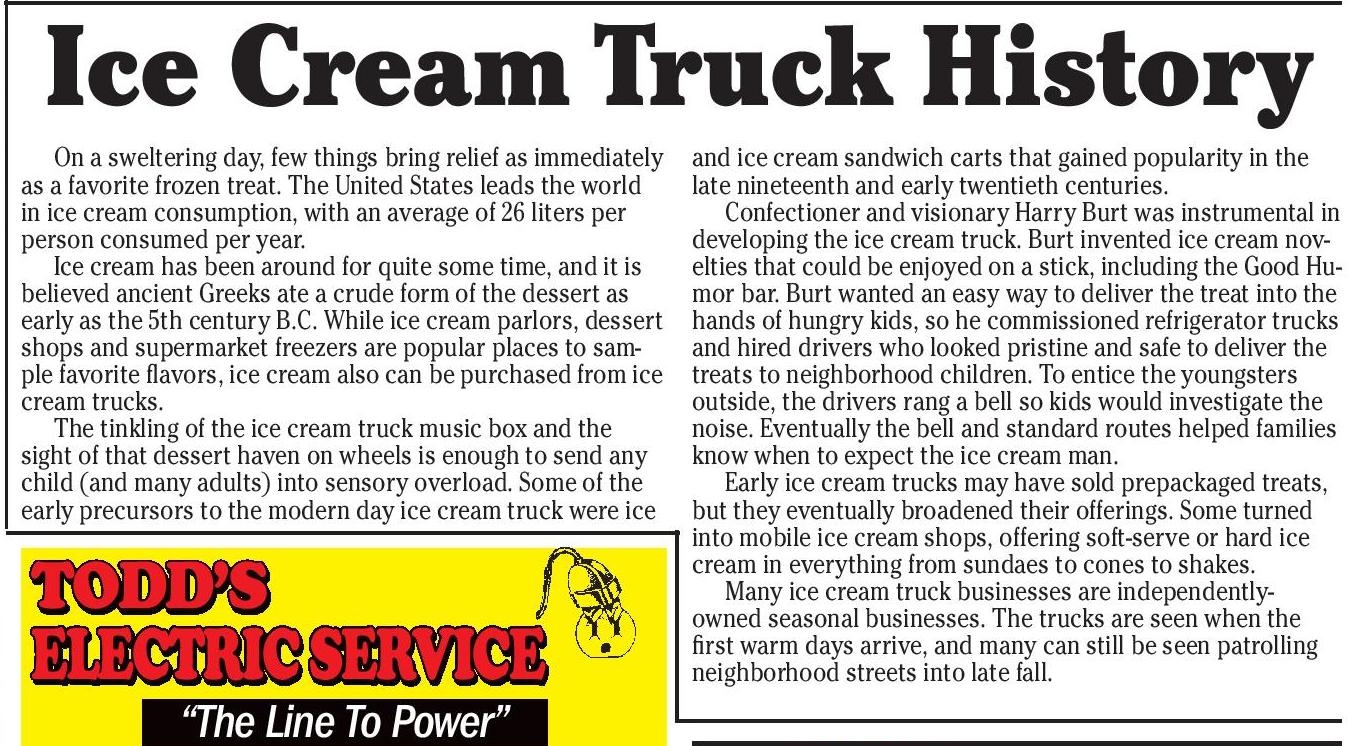
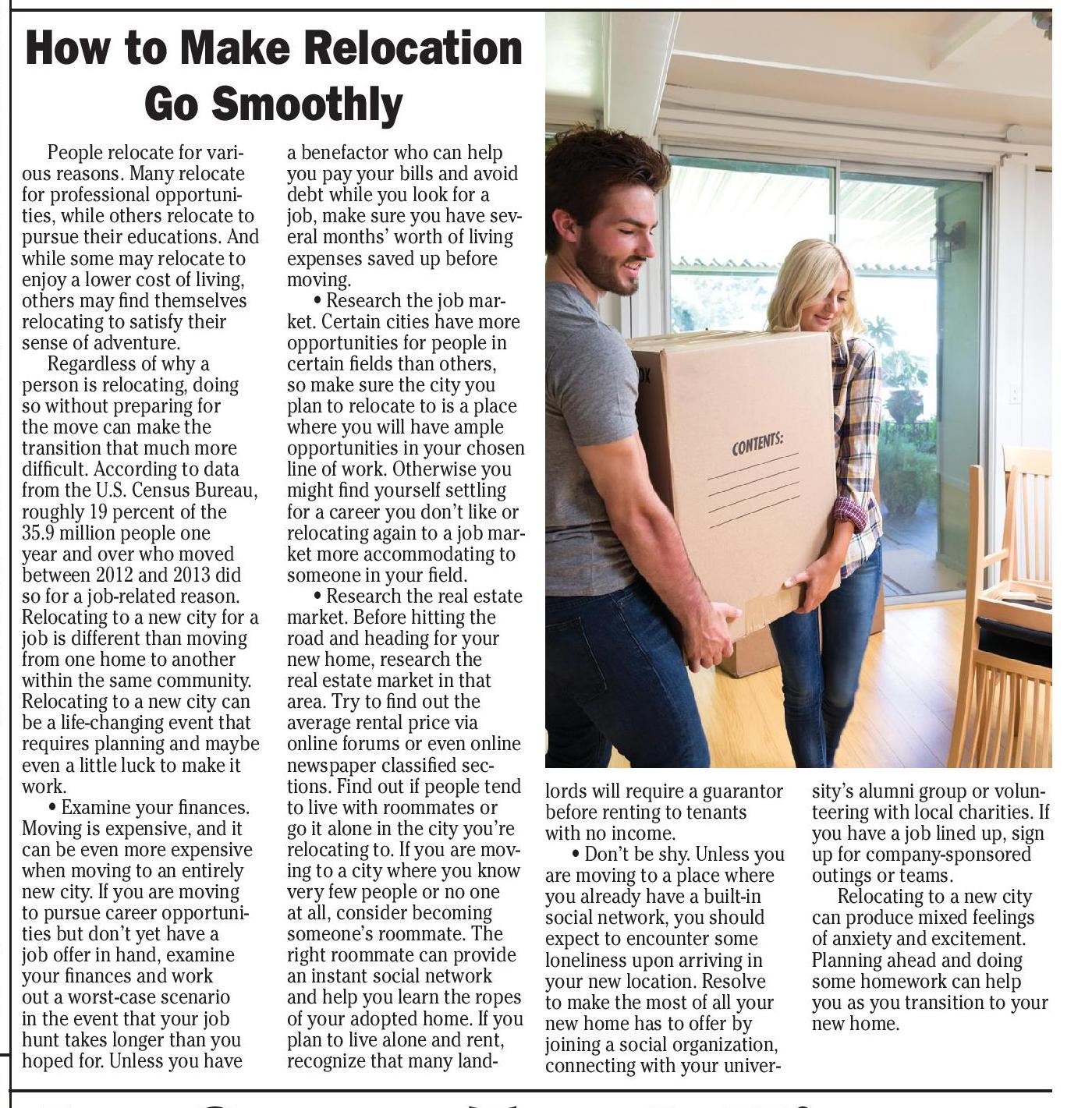




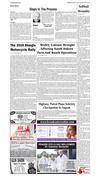

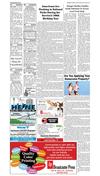

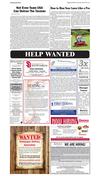

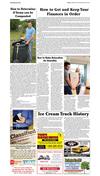

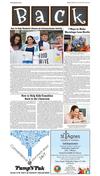


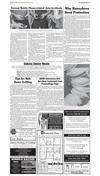

 Previous Page
Previous Page






